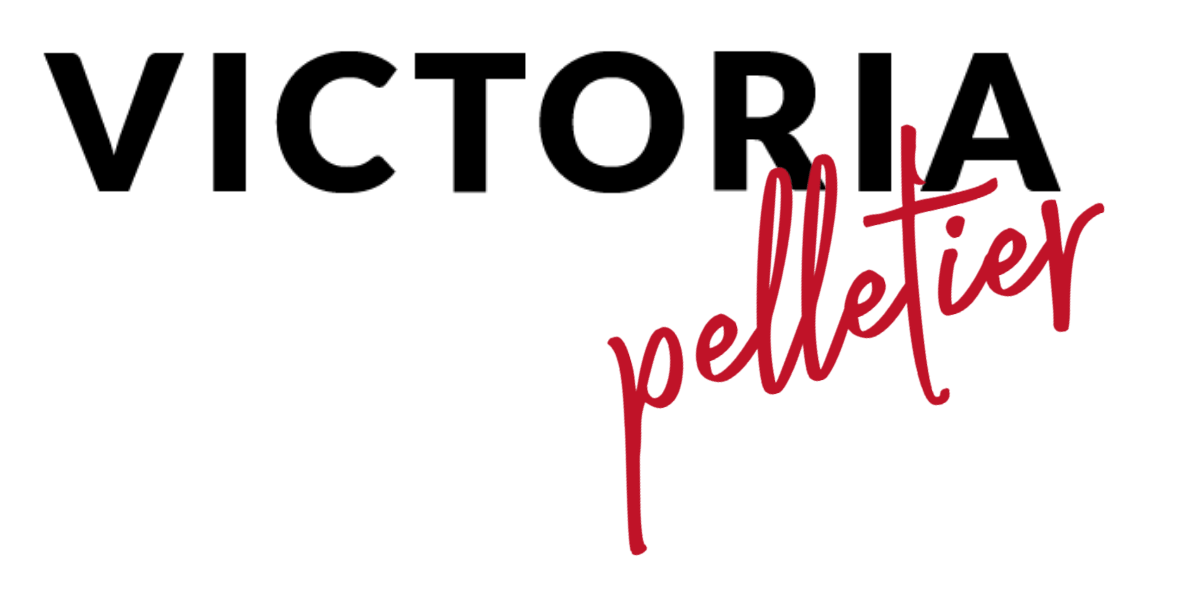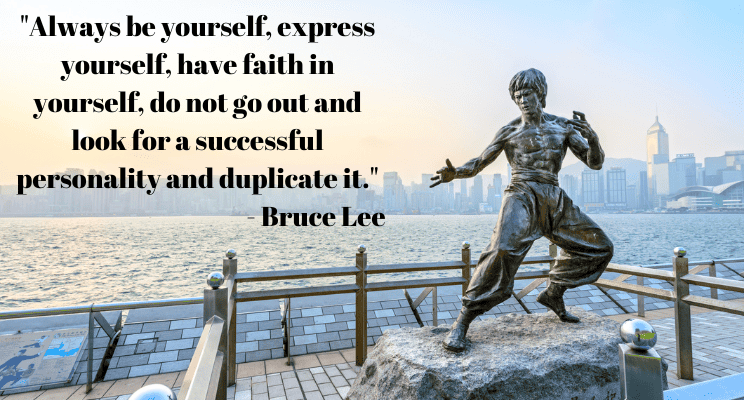
Anchoring Your Organization in a Time of Sea Change
I’m often asked if organizational culture and employee engagement can survive – and thrive – in an era of hybrid and remote work. My simple answer? Yes, apply the rule of three. When severe weather approaches, sailors apply the “rule of three” to ensure that their vessels can overcome the wind and waves. The rule of three refers to anchoring or mooring lines. The extra lines help the boat rise and fall with the storm surge without allowing it to break free and drift. Similarly, resilient organizations weather significant external changes by clearly defining culture, emphasizing the synergy of teams, and optimizing communication. It takes some work to apply the “rule of three,” but the positive outcomes are worth the time and effort.
While our modes of working have undergone a sea change over the past two years, our organizational culture doesn’t have to. Undoubtedly, what made our organizations distinctive pre-pandemic, will make our organizations distinctive for the foreseeable future. Find some innovative ways to reintroduce and reinforce your organizational distinctiveness to your team. Hopefully, your distinctiveness is already memorialized in your vision or purpose statement or a similar statement. One organization I know well hosts a virtual happy hour on the fourth Friday of every month. Employees working from home, as well as those in the office, raise a glass as they share vignettes about how they are currently embracing and applying one of the organization’s core values to the job and their clients. Last month the theme was diversity; every participant was asked to prepare a cocktail or non-alcoholic beverage that celebrates their unique story. The activity reinforces the culture.
Another culture-stabilizing action to take as you navigate the hybrid/remote/in-person dynamic is to leverage the synergy of teams. One of the biggest griefs I hear from my hybrid and remote team members is some variation of “I feel disconnected from the office.” This is where intentionality helps. Create team clusters comprised of employees from every one of your worker classifications and give these teams significant projects for collaboration. From a management perspective it may be easier to silo projects based on work setting, i.e., “This is an in-office project.” From a cultural perspective, it’s far more important to form your teams from across the organization. Do whatever you can to keep brick and mortar employees linked to those working from home.
A few words about communication. Excellent communication will elevate culture and engagement. Bad communication will sink the ship. This one’s on you, leader. Regular communication with your team (both scheduled and ad-hoc) keeps everyone on the same page. Share cultural vignettes, useful information about current projects, as well as positive stories that celebrate the contributions of team members. Remember, your communication style must vary depending on your audience. Specifically, don’t rely on email alone when reaching out to your hybrid and remote workers. They need to see your face and hear your voice.
The workplace is changing, but your culture can thrive. Keep your people engaged by doubling-down on cultural identity, building broad diverse teams, and honing your communication. Failure to tie down on these priorities will send your identity and engagement adrift.



